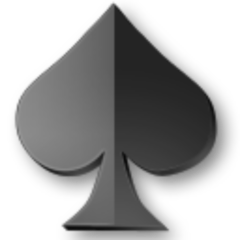A domino is a small, rectangular block used in gaming. A domino set includes a series of these blocks, sometimes called bones, pieces, men, or cards, that are designed to be arranged in a variety of ways to form different games.
Dominos are used to build a variety of structures, from simple towers to elaborate structures resembling cities. They can also be used to create art, such as paintings and sculptures. Dominoes are also used in a number of educational activities, including math and science. A teacher can use a set of dominoes to help students understand commutative property and addition. Students can create equations for the dominoes based on how many dots are on each end and then observe that the total number of dots remains the same regardless of which direction the domino is oriented.
In the world of business, we hear about “domino effect” when a company or organization takes a risk and makes a bold move that causes other companies to follow suit. This can be a positive change or a negative one, depending on the circumstances and how well-thought-out the initial decision was.
Hevesh, a professional domino artist, has created a YouTube channel that shows off her impressive creations. Some of her domino setups take several nail-biting minutes to fall, as each piece is arranged precisely so that it falls exactly where the next piece will be. She’s even helped create some of the biggest domino sets in the world, and she recently broke a Guinness World Record for the most dominoes toppled in a circular arrangement.
A person can also experience a domino effect in his or her personal life. A single setback can throw off a whole plan or cause other unexpected problems. For example, a person might lose his or her job, and that could lead to financial difficulties or stress.
The word domino comes from the Italian “domina,” meaning “flip.” A related word is tumult, which means a sudden uproar or upheaval.
In writing, the concept of a domino effect is useful in plotting and organizing scenes. If a scene in a story doesn’t connect to the preceding scenes, or if the emotional beats don’t shift as they should, then something is off. If the character in a scene is suddenly more worried, or angry, or sad than she was previously, then there’s likely a problem with that scene.
In general, most domino games involve emptying one’s hand or blocking opponents from scoring. Some of these games, such as bergen and muggins, determine points by counting the pips (spots on a domino) in the losing player’s hands. Others, such as matador, chicken foot, and Mexican train, are blocking or duplicate card games.
